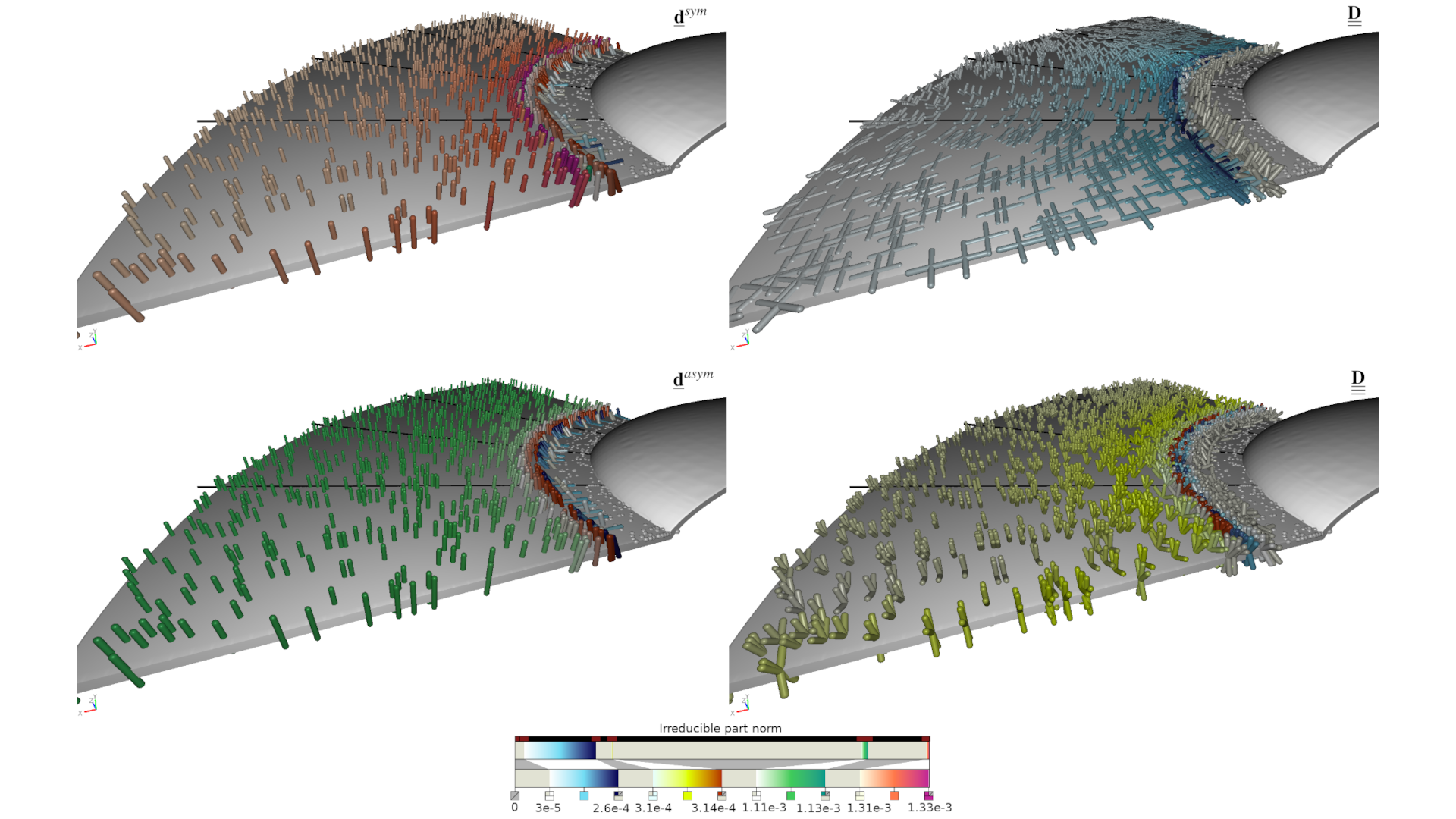Electromechanical Coupling in Electroactive Polymers - a Visual Analysis of a Third-Order Tensor Field
Chiara Hergl, Carina Witt, Baldwin Nsonga, Andreas Menzel, Gerik Scheuermann
DOI: 10.1109/TVCG.2022.3209328
Room: 103
2023-10-26T22:00:00ZGMT-0600Change your timezone on the schedule page
2023-10-26T22:00:00Z

Fast forward
Full Video
Keywords
Tensor visualization;third-order tensor;deviatoric decomposition;electro-active polymer
Abstract
Electroactive polymers are frequently used in engineering applications due to their ability to change their shape and properties under the influence of an electric field. This process also works vice versa such that a mechanical deformation of the material induces an electric field in the EAP device. This specific behaviour makes such materials highly attractive for the construction of actuators and sensors in various application areas. The electromechanical behaviour of electroactive polymers can be described by a third-order coupling tensor which represents the sensitivity of mechanical stresses with respect to the electric field, i.e. it establishes a relation between a second-order and a first-order tensor field. Due to the complexity of this coupling tensor and to the lack of meaningful visualization methods for third-order tensors in general, an interpretation of the tensor is rather difficult. Thus, the central engineering research question that this contribution deals with, is a deeper understanding of the electromechanical coupling by analyzing the third-order coupling tensor with the help of specific visualization methods. Starting with a deviatoric decomposition of the tensor, the multipoles of each deviator are visualized, which allows a first insight into this highly complex third-order tensor. In the present contribution, four examples including electromechanical coupling are simulated within a finite element framework and subsequently analyzed by using the tensor visualization method.